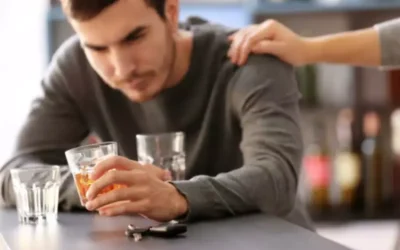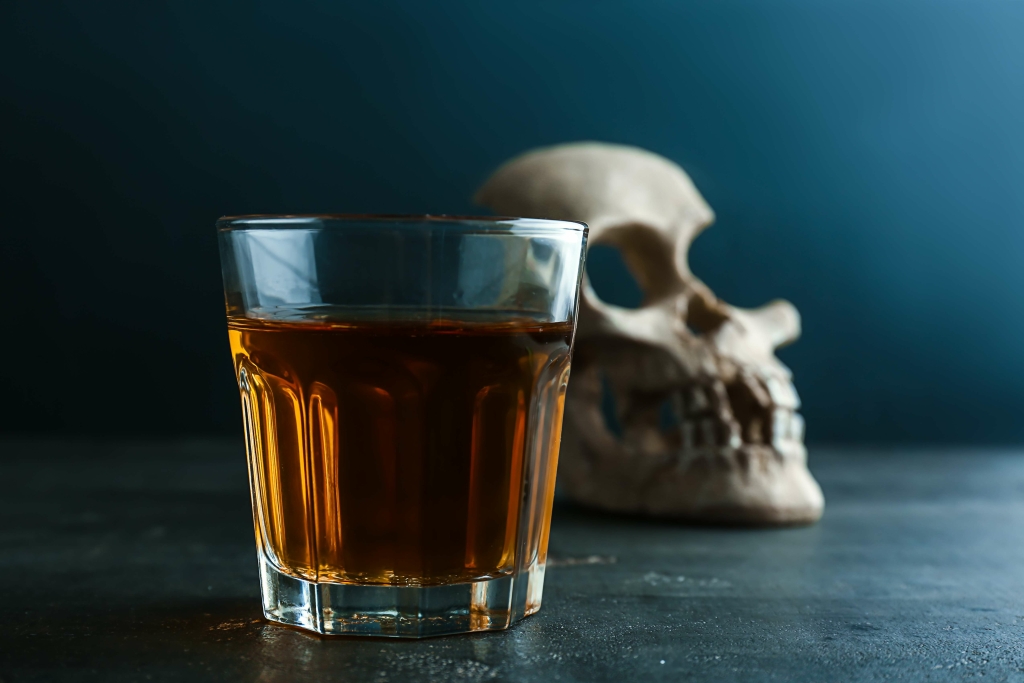This variable was also a significant predictor of long-term abstinence (up to 6 months after treatment completion) [14, 23, 41]. Two RCTs found that gender was not a predictor of cocaine use at six months posttreatment [22, 24]. Interestingly, [22] observed significant differences between genders in the transition from abstinence how long does cocaine stay in your system to cocaine use, with men transitioning nearly two times as fast as women. In other words, women who use cocaine are more likely to keep using it while women who are abstinent are more likely to remain abstinent. By contrast, men who are abstinent are at higher risk of switching back to cocaine use and vice versa [22].
Get Help for Cocaine Abuse

However, several drugs of abuse can cause liver damage over time, which may impede the liver’s ability to metabolize other drugs, such as cocaine. If you or someone you know is addicted to crack, the best way to stop using crack cocaine is to seek professional treatment. Detox programs can also offer medical supervision, treatment for withdrawal, and connect people to an inpatient or outpatient treatment program. Beginning a detox program is the safest and most effective way to stop using crack cocaine. Crack cocaine is an illicit drug that can be detected through a drug test. How long crack can show up in a drug test will depend on the type of test, the amount of crack used, and other personal and biological factors.
If You’re Trying to Alter Test Results, Consider Seeking Help Instead
The 2 most important metabolites of cocaine are benzoylecgonine and ecgonine methyl ester. When you use it, your body quickly breaks it down into metabolites or byproducts. These stay in the system longer than the effects of cocaine, which can be detected by various drug tests. The type of drug test you undergo will have a major impact on whether or not you test positive. For example, a urine test will show weed in your system for a longer period of time than a blood test. If you are seriously concerned (and/or the thought of drug testing makes you anxious), your best bet is to hold off on consumption.
Cocaine Detection in Hair
- Two RCTs compared patients with and without a diagnosis of antisocial personality disorder (APD) to determine the predictive capacity of this variable.
- Cocaine is a stimulant that makes a person feel euphoric and gives them energy.
- Even if it feels impossible now, living a life without crack is possible.
- Follicle tests are also a nightmare because THC-metabolites can stay there for several weeks after use.
By contrast, the more dehydrated you are, the longer it’ll take you to fully expel the drug. Our team is available to guide you through the steps of assessing your insurance coverage for addiction treatment. Calls to our general hotline may be answered by private treatment providers.
Fact check: Energy drinks don’t contain illicit drugs but may spur false positive test – USA TODAY
Fact check: Energy drinks don’t contain illicit drugs but may spur false positive test.
Posted: Thu, 06 Aug 2020 07:00:00 GMT [source]
Cocaine Detection in Blood
Current evidence indicates which variables have a direct influence on treatment outcomes, including well-studied cocaine use-related variables. However, additional variables, such as genetic markers, appear to have a high impact on treatment outcomes and need further study. Using cocaine and alcohol at the same time is a dangerous practice that can result in potentially fatal consequences. https://ecosoberhouse.com/ When cocaine and alcohol are used together, the combination results in a cocaine metabolite that remains in the body for a lengthier period of time. There are a wide range of factors that can shorten or lengthen the amount of time you can get a positive result for crack cocaine use. Crack cocaine can be detected in the blood for a shorter window of time than urine.

How Long Is Cocaine in Hair?
If you believe you have a false positive test, ask for a second test to verify the result. Segmental hair analysis – a more complex testing method – can reveal detailed drug exposure month-to-month. If you feel that any of our content is inaccurate, out-of-date, or otherwise questionable, please contact at Cocaine is a powerful and highly-addictive drug that can be difficult to stop taking alone. Taking cocaine once, twice, or more can lead to a psychological and physical addiction due to its effects on the brain. Cocaine dependence can cause drug withdrawal if you’ve gone a certain amount of time without taking more cocaine.
You may come across websites that prey on people’s worries and concerns, promising to help them rid their bodies of CBD so they can avoid a possible positive drug test result. To date, no clinical evidence suggests that methods for speeding up the body’s elimination of CBD exist. Onset time takes 30 minutes to 2 hours, with effects lasting anywhere from 2 to 6 hours. The increase in CBD vendors and products has caused users to become particularly interested in the conversation surrounding methods of consumption. Moreover, it has brought the concept of bioavailability to the fore.
What are the signs of cocaine addiction?

Some people may propose increased activities, good nutrition, good health, and more, but, if the test performance is based on the inclusion of other metabolites, the detection windows can range weeks or longer. According to the Office of the Chief Medical Examiner, State of Maryland, Baltimore, MD, “The two major urinary metabolites of cocaine are benzoylecgonine (BE) and ecgonine methyl ester (EME). Cocaine stays in the body longer in people who use it long-term.




